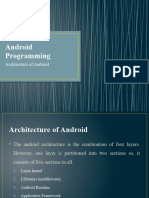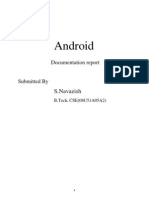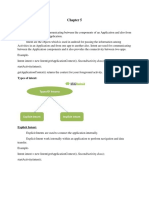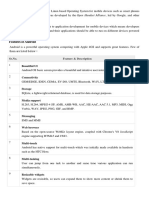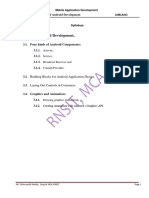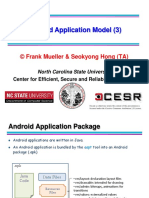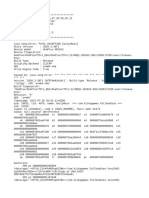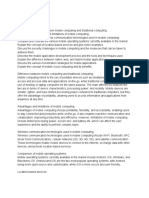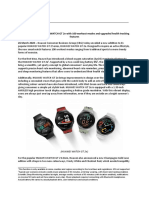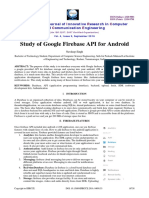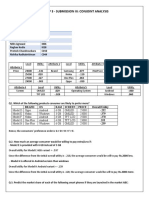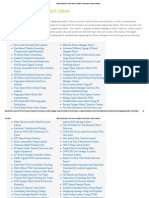0% found this document useful (0 votes)
42 views16 pagesLecture07 - Components of Android Application
The document discusses the main components of an Android application including activities, intents, services, content providers, the Android manifest file, broadcast receivers, resources, and layouts. Activities present the visual user interface, intents are messages that describe actions, services run in the background, content providers share data between apps, and the manifest file describes app components and requirements.
Uploaded by
MeshackCopyright
© © All Rights Reserved
We take content rights seriously. If you suspect this is your content, claim it here.
Available Formats
Download as PPT, PDF, TXT or read online on Scribd
0% found this document useful (0 votes)
42 views16 pagesLecture07 - Components of Android Application
The document discusses the main components of an Android application including activities, intents, services, content providers, the Android manifest file, broadcast receivers, resources, and layouts. Activities present the visual user interface, intents are messages that describe actions, services run in the background, content providers share data between apps, and the manifest file describes app components and requirements.
Uploaded by
MeshackCopyright
© © All Rights Reserved
We take content rights seriously. If you suspect this is your content, claim it here.
Available Formats
Download as PPT, PDF, TXT or read online on Scribd
/ 16















